Robots are no longer just whirring hunks of metal tucked away in factories. Today, they’re rolling, walking, and chatting their way into our homes, our wellness routines, and even our hearts. The new era of robotics isn’t just about function; it’s about form, personality, and the art of blending into human life. Whether they’re giving deep-tissue massages, folding your laundry in knitwear, or channeling the Jetsons with a nostalgic wink, these robots are redefining what it means to design for the future.
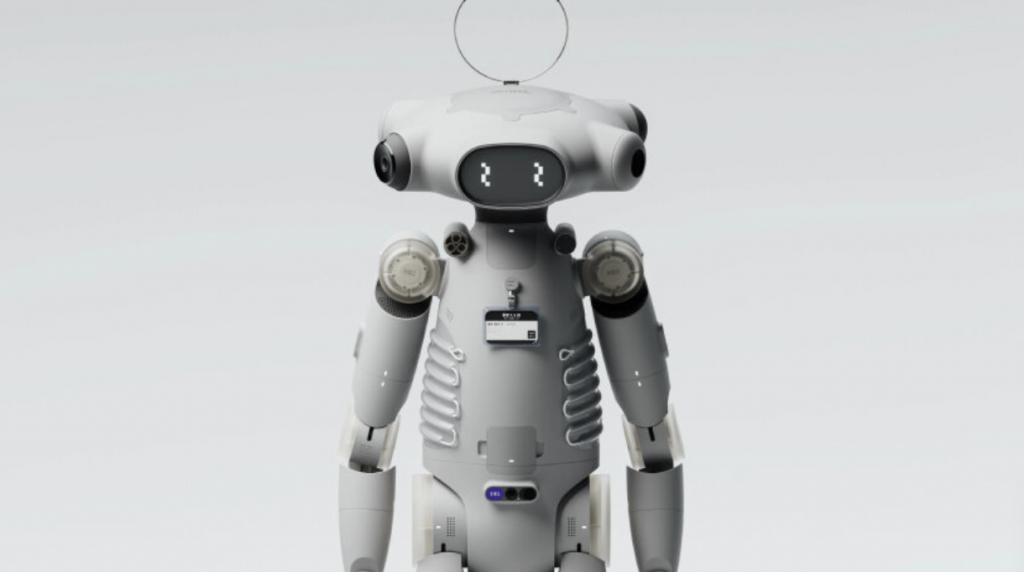
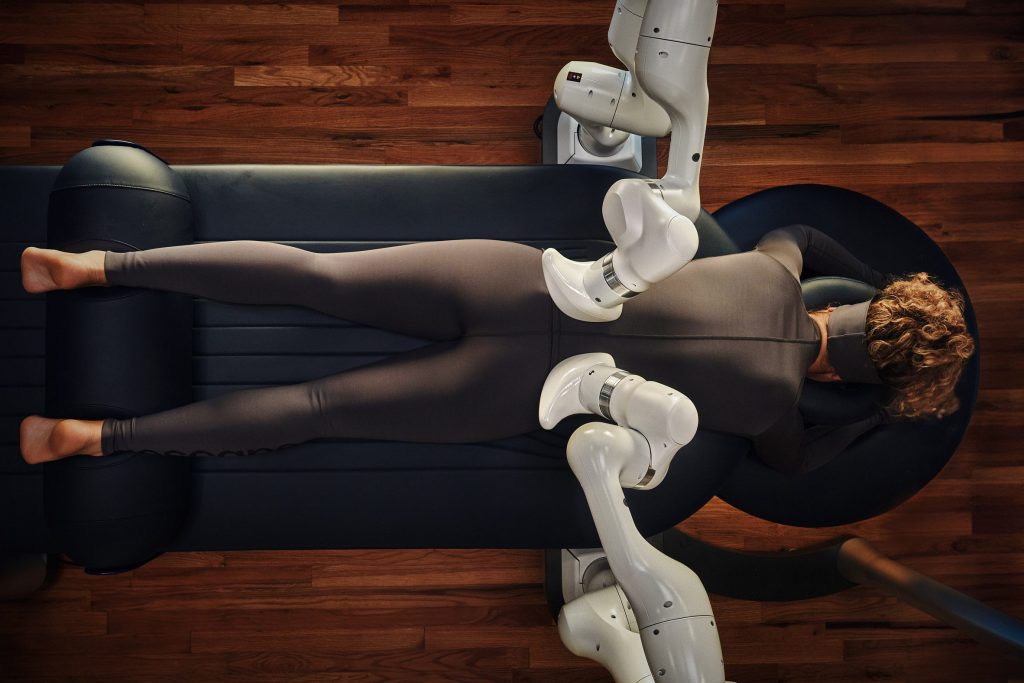
Aescape by Whipsaw
In a sleek corner of San Francisco, design studio Whipsaw has partnered with tech startup Aescape to create something that feels straight out of a sci-fi wellness retreat: a robotic massage therapist. But this isn’t your average metal-armed contraption—it’s a carefully designed experience that blends industrial engineering with user-centered luxury. The Aescape system features two articulated arms fitted with silicone pads, mimicking the feel of human hands. It’s all mounted on a vegan leather-covered massage table, exuding spa-like calm rather than cold machinery.
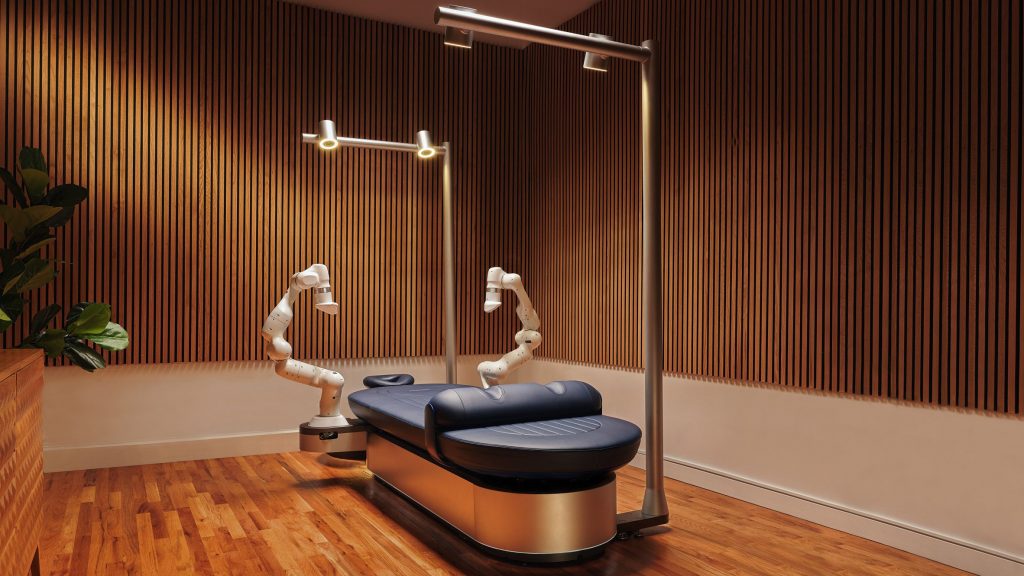
Aescape by Whipsaw
The magic lies in its AI-powered brain. Before each session, the system performs a full-body 3D scan using overhead sensors cleverly hidden in light rings to reduce user discomfort. That data, combined with user input via a touchscreen, allows the robot to tailor its deep-tissue massage with precision. Each motion draws from a database built with input from licensed massage therapists and is continuously refined by machine learning algorithms that study every stroke.
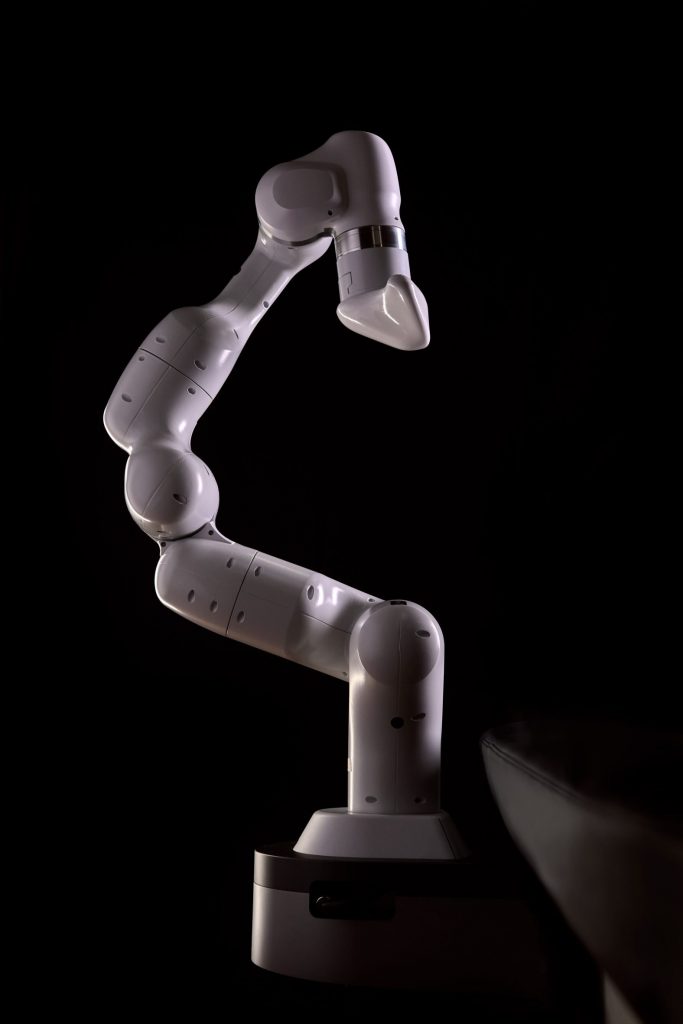
Aescape by Whipsaw
Designing a machine to press into people’s backs might sound simple, until you realize the emotional complexity involved. Whipsaw had to engineer not only functionality but trust. As founder Dan Harden noted, robotic arms can be intimidating, so the challenge was to craft a visual identity that was soft, friendly, and inclusive of all body types and ages.
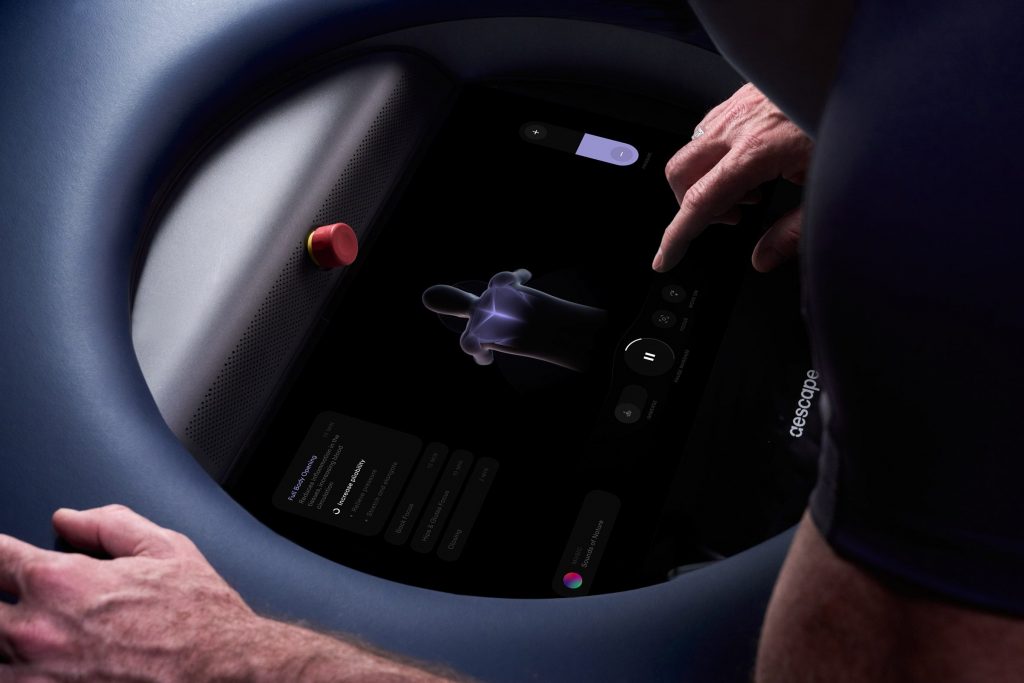
Aescape by Whipsaw
Far from replacing human massage therapists, Aescape aims to fill the growing gap in wellness care particularly in urban areas where demand far outpaces supply. Its sustainable design and low environmental footprint also hint at a broader future where robots become essential to health and wellbeing, not just in clinical settings but in everyday life.
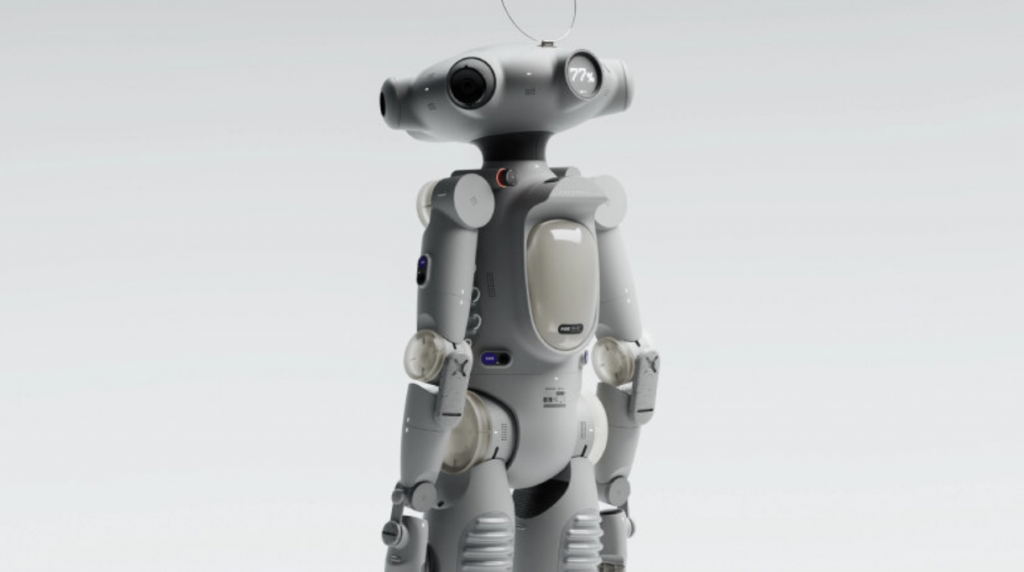
Kriket 3000 by Shaun Wellen (also header image)
Conceived by designer and artist Shaun Wellens, Kriket 3000 celebrates a retro-futuristic vision straight from the minds of 1950s and 60s dreamers. With its chrome sheen, blinking lights, and rounded, pastel-colored contours, Kriket 3000’s form is intentionally small and friendly, borrowing from mid-century industrial design with soft curves and appliance-inspired finishes. Yet, beneath that nostalgic exterior lies a concept packed with modern expectations. Its “face,” adorned with digital eyes and expressive animations, communicates emotional cues and technical data, while an array of cameras and embedded sensors suggests it could one day move, interact, and learn like an intelligent assistant.
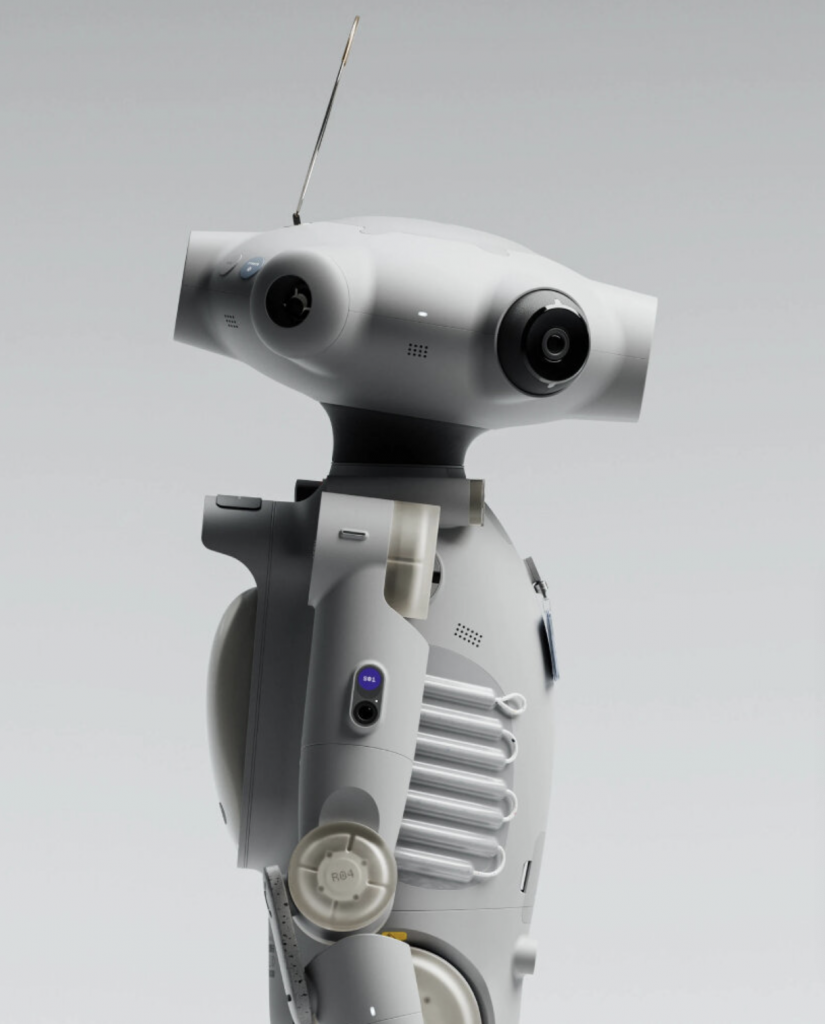
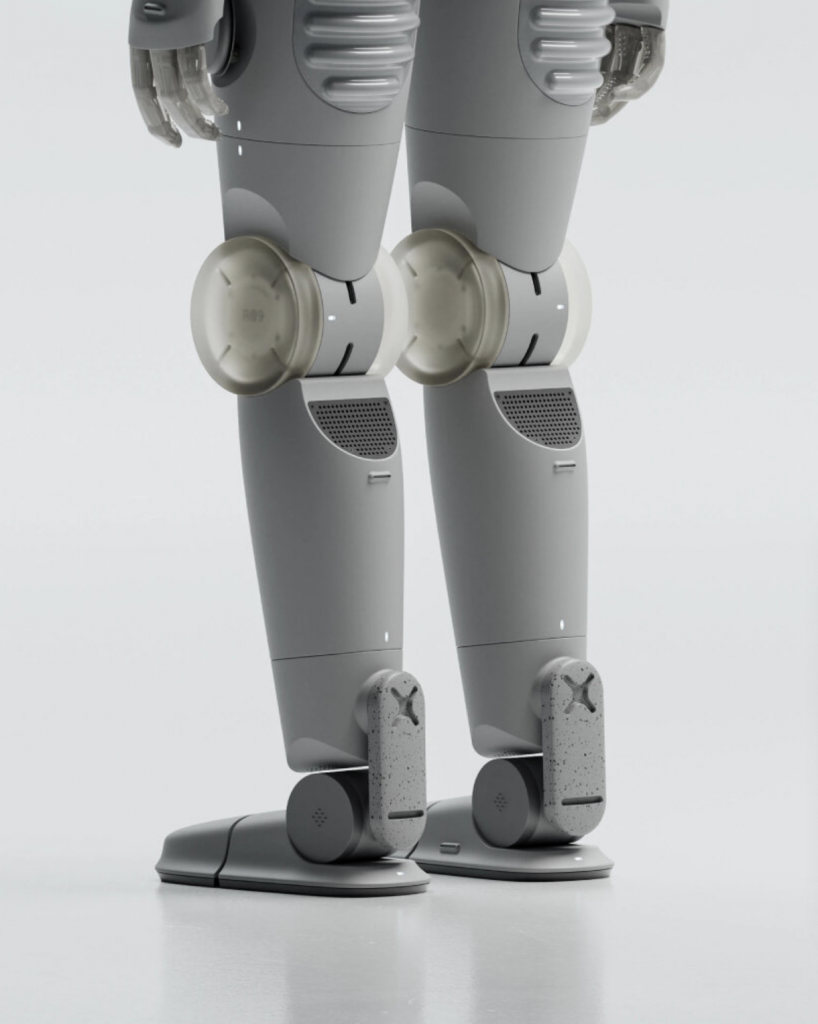
Kriket 3000 by Shaun Wellen
Unlike the cold, purely utilitarian robots of the 60s, like the famous Unimate, which mindlessly hefted car parts on General Motors’ assembly lines, Kriket 3000 dares to be personable. Wellens blends the past and future, reimagining what a household robot might have looked like if yesterday’s sci-fi had today’s technology. The result is both charming and uncanny: a robot designed to be seen, felt, and connected with emotionally.
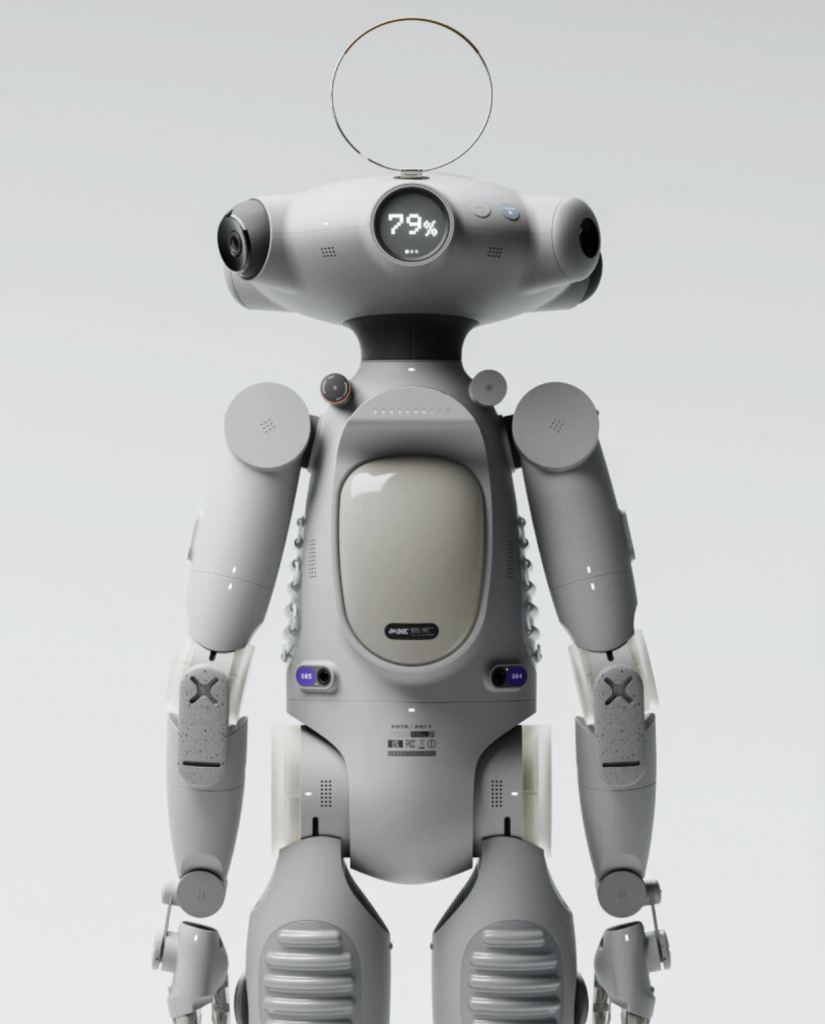
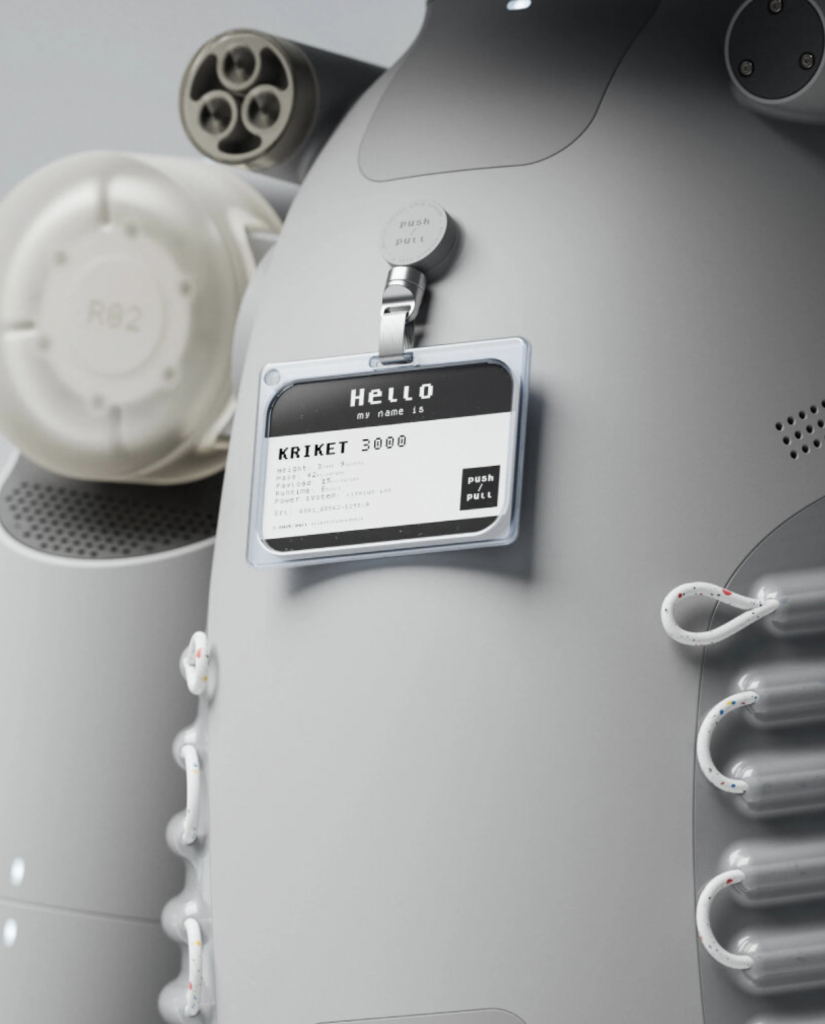
Kriket 3000 by Shaun Wellen
This design taps into a deeper cultural desire to make technology more humane, not by hiding it, but by styling it with nostalgia and familiarity. Kriket 3000 doesn’t shy away from being a robot; instead, it reclaims the whimsical optimism of the space age and fuses it with today’s AI possibilities.
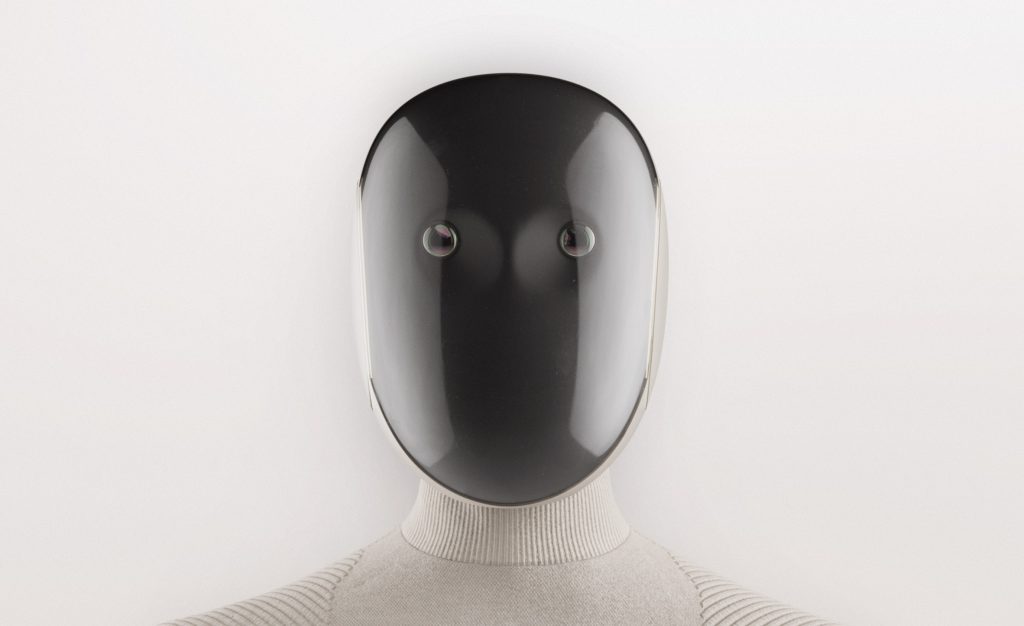
Neo Gamma by 1X
Likewise, the Neo Gamma robot dares to be cozy. Developed by Norwegian robotics company 1X, this humanoid home assistant isn’t clad in glossy plastics or sci-fi metals. Instead, it wears a full-body suit of beige knitwear, which is a deliberate step toward blending robotics into domestic life with subtlety, softness, and Scandinavian style.
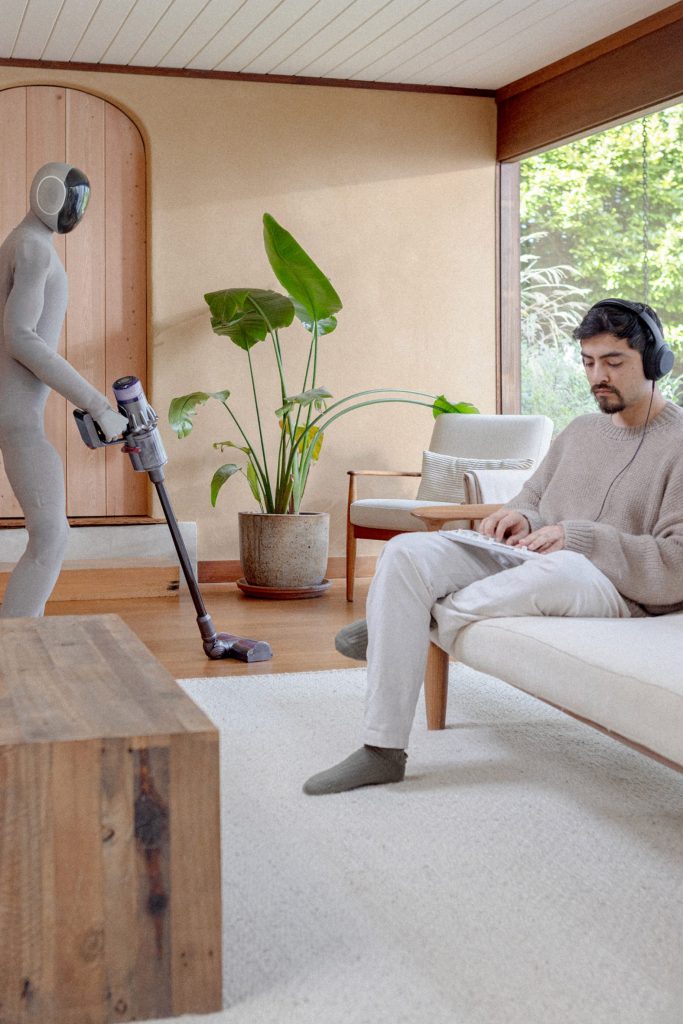
Neo Gamma by 1X
Neo Gamma is an evolution of the company’s earlier model, Neo Beta, a black-and-grey robot that looked more like it belonged in a security checkpoint than a smart home. For Neo Gamma, 1X rethought the robot’s visual language to align with Nordic interior aesthetics: clean lines, neutral tones, and materials that evoke calm rather than command attention. The knitwear is 3D-woven to conform to its humanoid form and even dampens motor noise, reducing the overall sound to that of a running refrigerator.
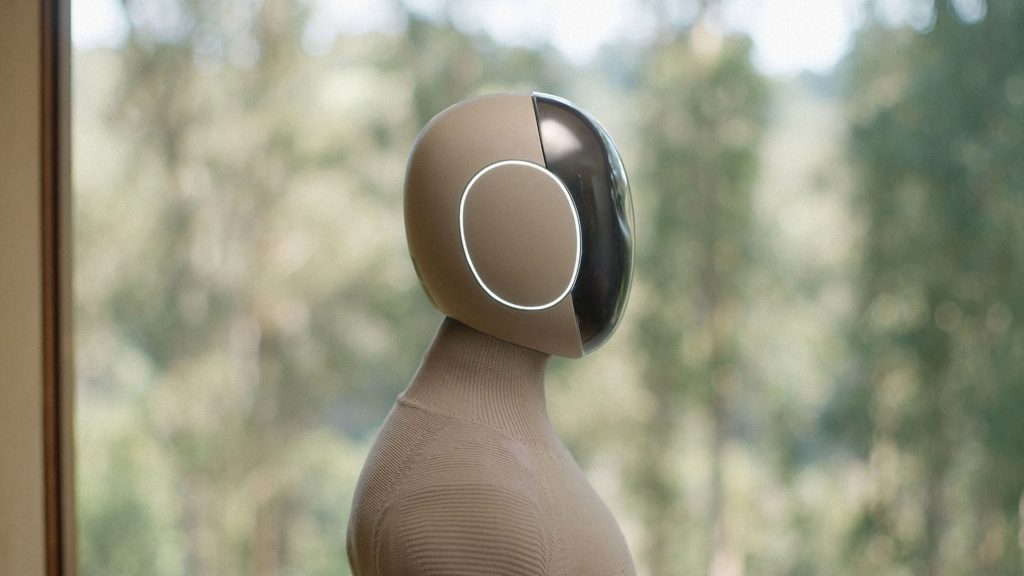
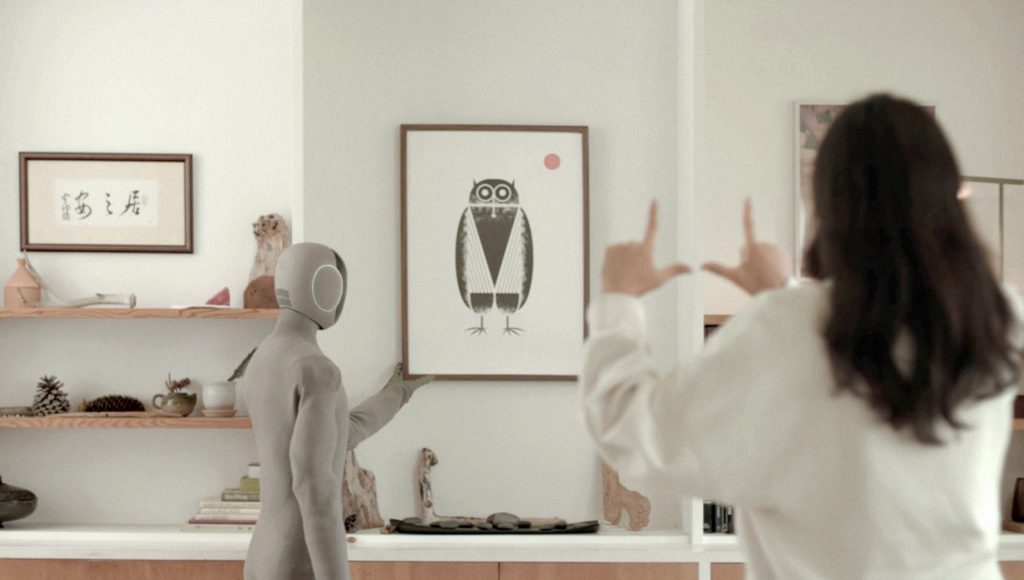
Neo Gamma by 1X
Beneath The robot’s quiet exterior lies impressive intelligence. The robot is equipped with an AI system that allows it to understand voice commands, replicate natural body language, and learn tasks such as tidying, laundry, and even making tea. Using a large language model developed in-house with support from OpenAI, Neo Gamma can engage in surprisingly lifelike conversations. It walks with a human-like gait, adjusts artwork on walls, and responds with empathy using light-up “emotive ear rings” that visually indicate when it’s listening or speaking.
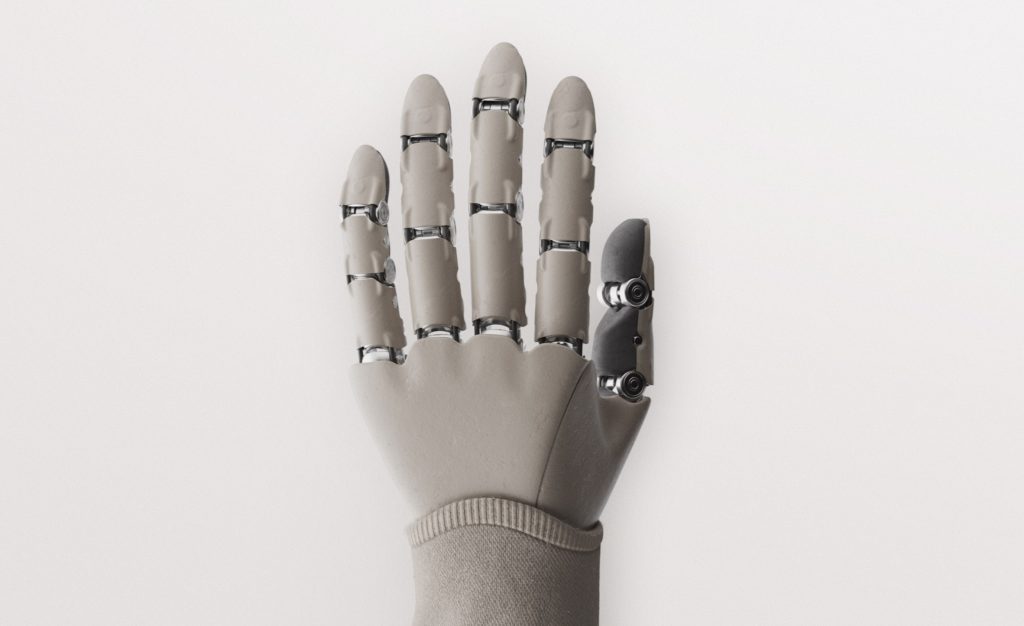
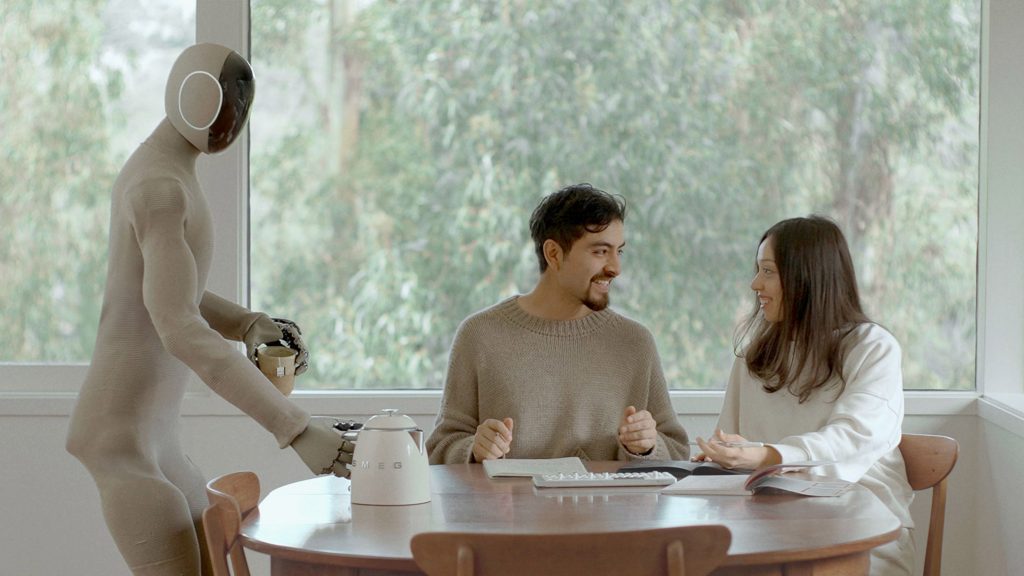
Neo Gamma by 1X
By testing Neo Gamma directly in homes, the company aims to teach its robots more than just functionality but rather understand the subtleties of human life. From avoiding pets to helping an elderly person through a doorway, these contextual lessons could make the difference between a robot that simply functions and one that fits into daily life.